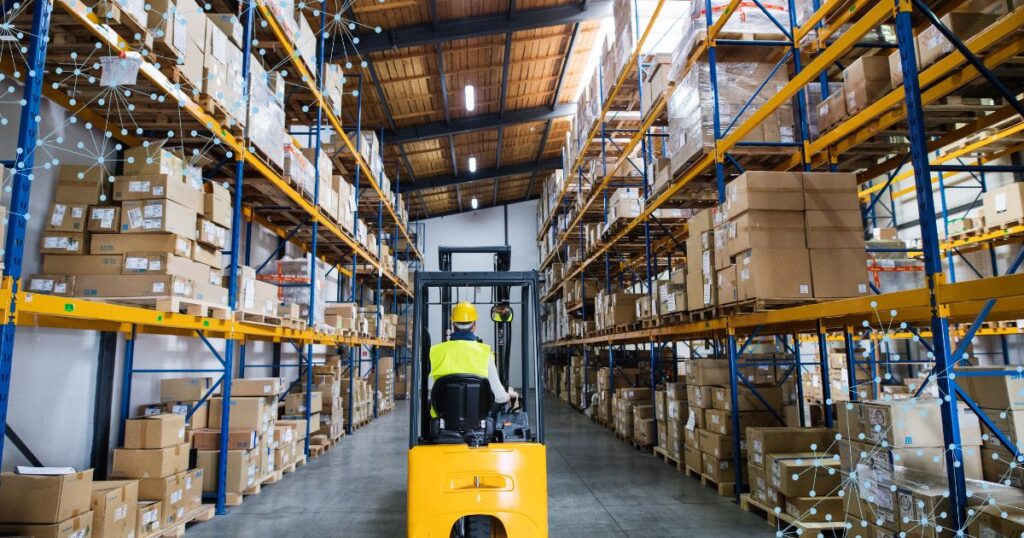How Rising Customer Expectations Are Transforming Service Supply Chains

Service expectations are higher than ever. Discover how predictive analytics and AI-driven service operations create a seamless, responsive supply chain.
Introducing the Next Era of Baxter Planning

Today’s most complex Service Supply Chains (SSCs) operate in a fast-paced, high-stakes environment. The ability to respond quickly and efficiently to customer demands, while managing disruptions, has become a necessity. Yet, many organizations still rely on outdated, manual, and fragmented systems for their Service Parts Management. These inefficiencies create strong headwinds of chaos and complexity, […]
Optimizing Service Levels: Sustainability, Savings, and Speed

Improve your business by elevating service levels for less investment while reducing the environmental impact.
Predictive Analytics: Why It Matters in Service Supply Chains

Learn why predictive analytics in the Service Supply Chain are pivotal to scaling your business and staying ahead of the competition.
How to Navigate Demand Planning: Best Practices at Scale

Discover the essentials of demand planning for the service supply chain, how to manage it effectively during challenging transitions, and tips to keep the process straightforward.
How to Optimize Distribution Center Layout – 3 Tips

How well does your physical Distribution Center (DC) space support your part inventory planning and service delivery? This critical question can make or break the efficiency of your service part operation, customer satisfaction, and profit margins. An optimized layout can significantly reduce safety stock requirements, minimize internal transportation costs, and enhance inventory visibility.
4 Challenges in Service Parts Management and How to Fix Them

Do you ever feel like you have all the right ingredients for a stellar Service Parts Management (SPM) operation, but you can’t get them to cook quite right? Or maybe you had the right ingredients, but some of them went bad and the flavor of the week changed before you could serve it.
How To Manage Turbulence & Minimize Risk in Service Supply Chains

Across the Service Supply Chain (SSC), problems are infectious: When one node along your process goes awry, it has downstream, and even upstream, effects. The same is true for the relationship between the SSC and the world at large. From natural disasters to vendor delays and regulatory changes, outside influences create a considerable amount of turbulence for your operation.
Artificial Intelligence for Service Parts Planning

Navigating lifecycle stages and facing the unknown can be daunting, especially when it comes to Service Parts Planning. Many of our customers must manage a sprawling, intricate web of moving mission-critical parts, where the element of change looms like a potentially destructive force.
How a Predictive Service Supply Chain Platform Promotes Supply Chain Sustainability

As organizations strive to align their operations with greener practices, the Service Supply Chain stands as a critical domain for driving positive environmental change. Leveraging advanced technology and predictive platforms, the Service Supply Chain
